Overview: Weather is a part of life, so being able to identify weather conditions and understand how they affect daily life is essential. The following lesson plan teaches just that.
Recommended Grade Level(s): Kindergarten, First, Second
Objective: Students will be able to...
- Identify 4 different weather conditions.
- Demonstrate how those conditions affect people’s daily activities.
Materials:
- 1 copy of the Weather Condition Diagrams
- real pictures depicting people in different types of weather--hot, cold, snowy and rainy
- 1 blank sheet of white paper (1 per child), folded in half and then in half again to form 4 sections
- Weather Conditions Chart (optional, see lesson)
- Weather Conditions Worksheet (optional, see Possible Modifications/Accommodations)
- Weather Conditions Worksheet Modified (optional, see Possible Modifications/Accommodations)
Anticipatory Set: With students gathered, state the objective. Begin showing students a series of real pictures (from magazines, books, etc.) that depict people in different types of weather--hot, cold, snowy, and rainy. Ask students what they notice about the people and how that helps them identify the weather condition. Ask students to think about how the different types of weather would affect their day--the places they would go, the things they would do, the people they would see, etc.
Direct Instruction/Guided Practice: Introduce the Weather Condition Diagrams. As you show each weather condition, students will help you generate a description for each one and then a list of activities that are generally done in that type of weather. This could be organized using a chart you create on chart paper or on a whiteboard. For older students, you can pass out a copy of the Weather Conditions Chart for students to fill in as you work to create ideas together as a class. Another option, especially for younger students, is to have them act out an activity that they would do as each weather condition is discussed. An example of an entry on the chart is as follows:
Sunny: A sunny day is when the sun is shining bright. It can be cold, warm, or hot. Activities: Ride a bike, play at the park, take the dog for a walk, visit the pumpkin patch, go to the beach, go to a festival/fair.
Independent Practice: Ask students to recall your discussion on how our daily activities depend on the weather condition outside. Instruct students to think about four different types of weather. Prompt them to use the pictures on the board as reference, if needed. For each block on their blank piece of paper, they will draw a picture to show an activity that he/she would do in that type of weather. Remind students to include any details like clothing as well as any items that would be found in the environment.
Closure: Gather students and allow time for them to share their work. Next, review the "Big Ideas" from the lesson. Ask students to share some things they learned about the weather. Provide some examples of activities and ask them what type of weather would be appropriate to do them in.
Assessment: Students will be assessed according to their ability to...
1. Identifying 4 weather patterns.
2. Demonstrate how those conditions affect a person's daily activities.
Extensions: As students complete their drawings, have them label items in their work, or prompt them to write about what they are doing in each type of weather on the back of their paper. This activity can also be used to introduce the distinction between seasons.
Possible Modifications/Accommodations:
- For students with difficulty attending or with fine motor difficulties, decrease the number of weather patterns to be identified.
- For students that find drawing challenging, acting out, listing, or simply verbalizing how the different types of weather conditions affect a person's daily activities may be an option.
- For students that may have difficulty generating weather patterns (or for any of the abilities mentioned above), provide a copy of the Weather Conditions Worksheet or the Weather Conditions Worksheet Modified (see Materials section above). The first worksheet offers four different patterns. The student would then draw or list activities that are done in each type of weather. The second offers activities for four different weather patterns and the child must cut out the weather pattern (or have this already done) and glue it to the square that it matches. Coloring is optional.

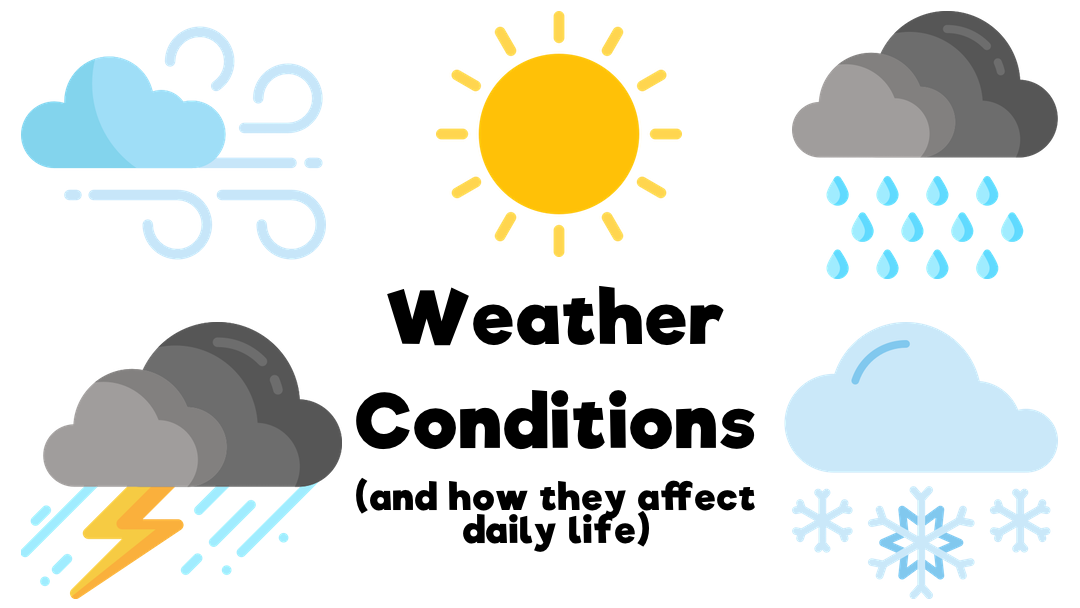




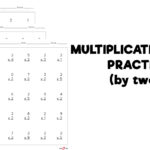
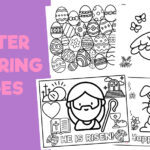
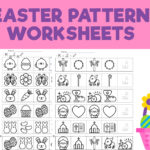

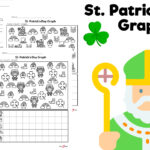



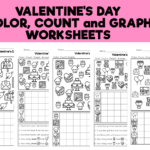

Recent Comments